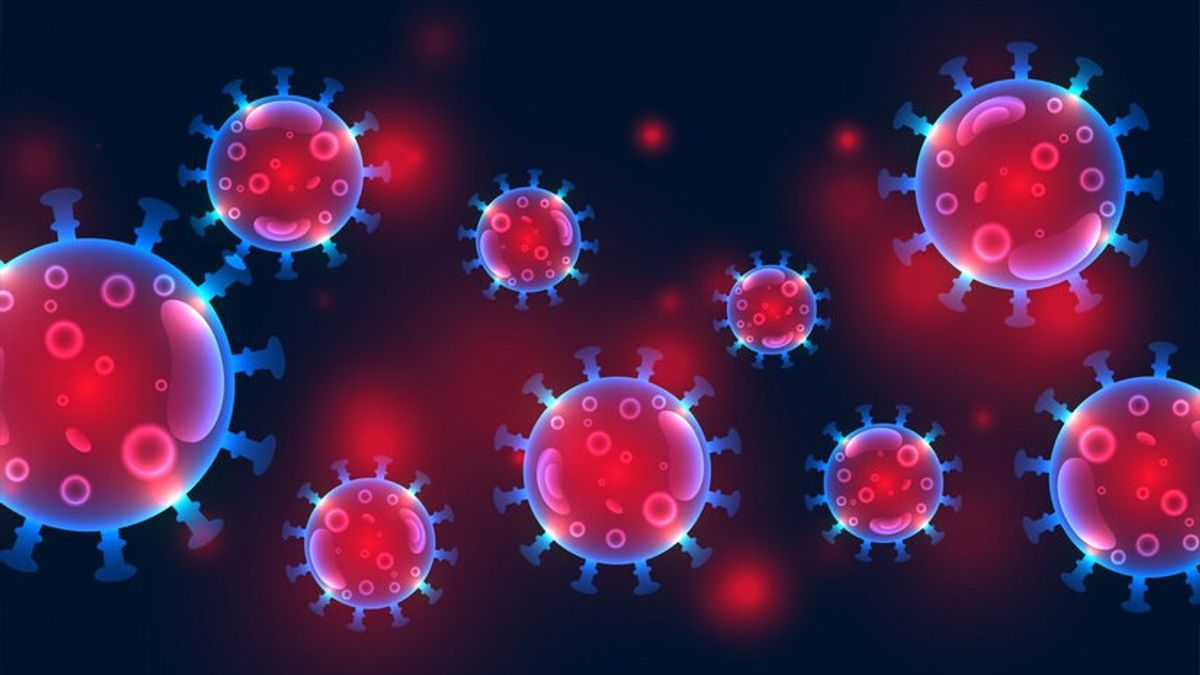YOGYAKARTA - Deep understanding of the growth of the virus is not only important in the world of research, but also has broad implications for the development of vaccines and treatment of infectious diseases.
By knowing optimal growth media, researchers can conduct further studies of the virus replication mechanism, resistance to drugs, and develop more effective disease control strategies.
This article will review various types of materials that can be used as medium to grow the virus, as well as factors that affect the growth of the virus in cells.
The virus only replicates in live cells. Some viruses are confined in the cell type where they replicate, and some cannot be cultivated at all in laboratory conditions.
Reporting from a study entitled 'Cultivation and Assay of Viruses' most viruses are grown in the growing culture of cells, chicken eggs, or laboratory animals.
Although more than 70 years have passed since mammalian cells were first grown in vitro, only after the emergence of cell-cultural antibiotics (also called tissue culture) has become routine. Asseptic action is still important, but the problem of contamination with bacteria, mykoplastasm, fungi, and yeast can no longer be overcome.
Today, most types of animal cells can be cultivated in vitro for at least a few generations, and many lines of eternal cells have been lowered.
Also read the article that discusses How to Learn Tele Styles for Beginners
Since 1949, whenars, Weller, and Robbins reported that poliovirus can be grown in non-saraph cell culture with the production of recognizable cytomatic changes, hundreds of previously unknown viruses have been isolated and identified in cell culture.
Then the discovery of adenovirus, rhinovirus, and many others during the 1950s and 1960s was directly caused by its use, as was the case with the next revolution in the diagnosis of viral diseases, vaccine development, and advances in knowledge of the molecular biology of animal viruses.
Cells can be grown in vitro as tissue expiants, such as respiratory epithelials or intestines, or as cell culture.
Expiant culture is sometimes also used for research purposes or for certain viral cultivation, but almost all diagnostic work and research involving viral cultivation are carried out in cell culture - usually in a single layer, sometimes as suspension culture.
To produce a single layer of cells, the tissue is cut into small pieces and placed in a medium that contains proteolytic enzymes such as trypsin.
Then after the cells were dispersed into single cell suspensions, they were washed, calculated, diluted in the growth medium, and allowed to settle on a flat surface of glass or plastic containers.
Most types of cells are attached quickly, and under optimal conditions they divide about once a day until the surface is covered by a single layer that blends.
SEE ALSO:
Cell culture itself is greatly assisted by chemically defined media development that contains almost all the nutrients needed for cell growth.
The most well-known media among them, developed by Eagle, are isotonic salt solutions with additional glucose, vitamins, and amino acids, buffered in pH 7.4, and contains antibiotics to inhibit the growth of bacteria and fungi.
In addition to materials that can be used as a medium to grow the virus, follow other interesting articles too. Want to know other interesting information? Don't miss it, keep an eye on the updated news from VOI and follow all of its social media accounts!
The English, Chinese, Japanese, Arabic, and French versions are automatically generated by the AI. So there may still be inaccuracies in translating, please always see Indonesian as our main language. (system supported by DigitalSiber.id)

















